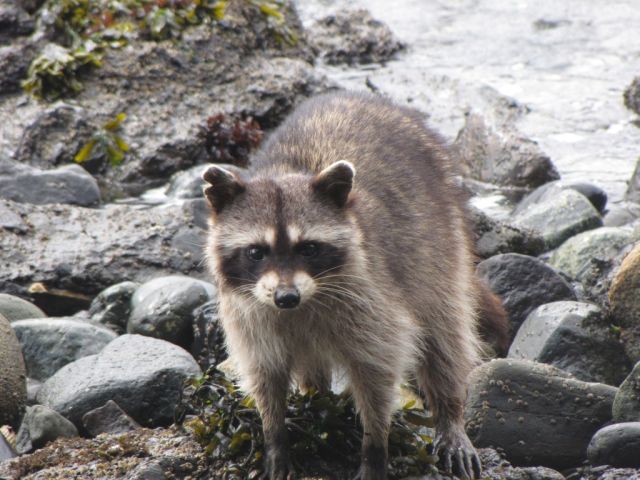Scientists terrify raccoons to reveal inner workings of ecosystems
Ars Technica » Scientific Method 2016-02-23

I'm standin' here. Your move. You talkin' to me? You talking to ME? (credit: Marek C. Allen)
Raccoons may be adorable, but they have earned the nickname "trash pandas" for a reason. In cities, they'll knock over garbage bins to find food. In the wild, they take the same scorched-Earth approach to all the local wildlife they can fit in their mouths, wrecking ecosystems. Now, a group of scientists has figured out one way to stop them.
Off the coast of British Columbia, Canada, raccoons have invaded several of the Gulf Islands, with less-than-wonderful results. Though they were once kept in check by local bears, wolves, and cougars, these carnivorous predators have been eliminated by humans who viewed them as dangerous. The only natural predators of raccoons left on most islands are domestic dogs.
As a result, island raccoons are living it up—the nocturnal creatures are even coming out during the day to amble around on shore and eat. Raccoons are wolfing down coastal animals like crabs, worms, and fish at an alarming rate. They sometimes eat just part of a crab and then leave the rest of the body floating in the water. As a result, crab and other raccoon-prey species are being decimated.